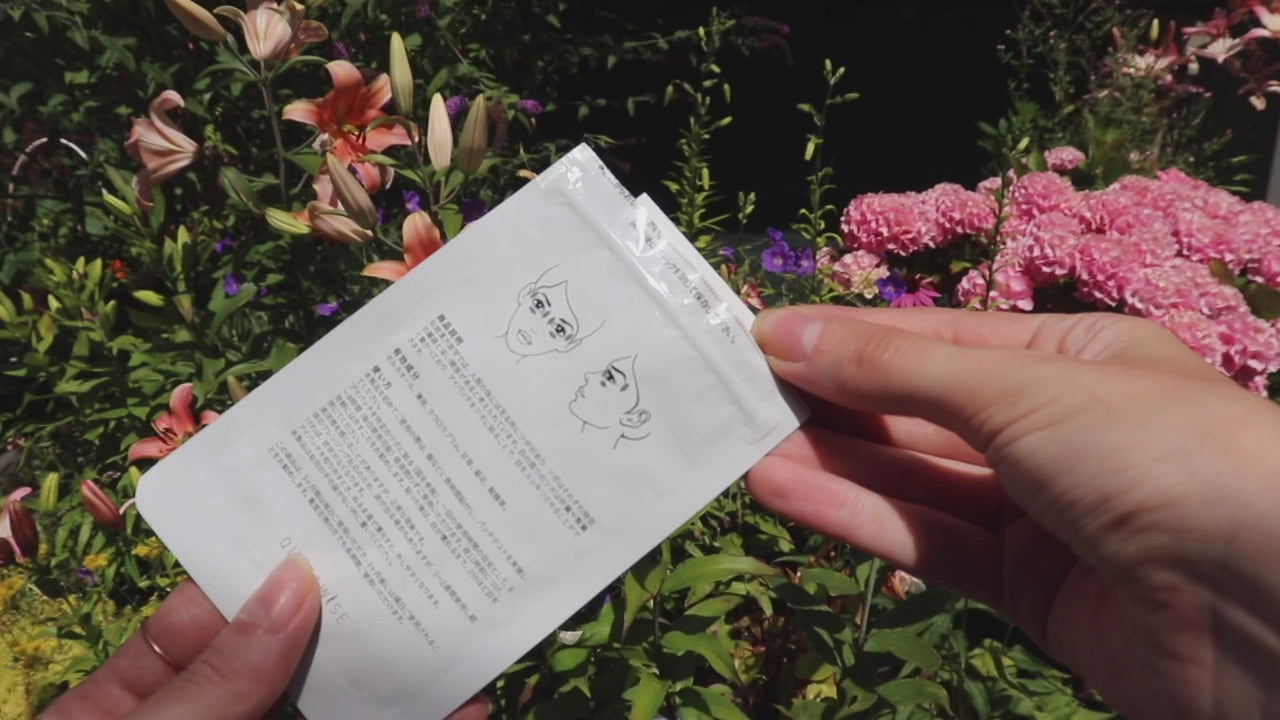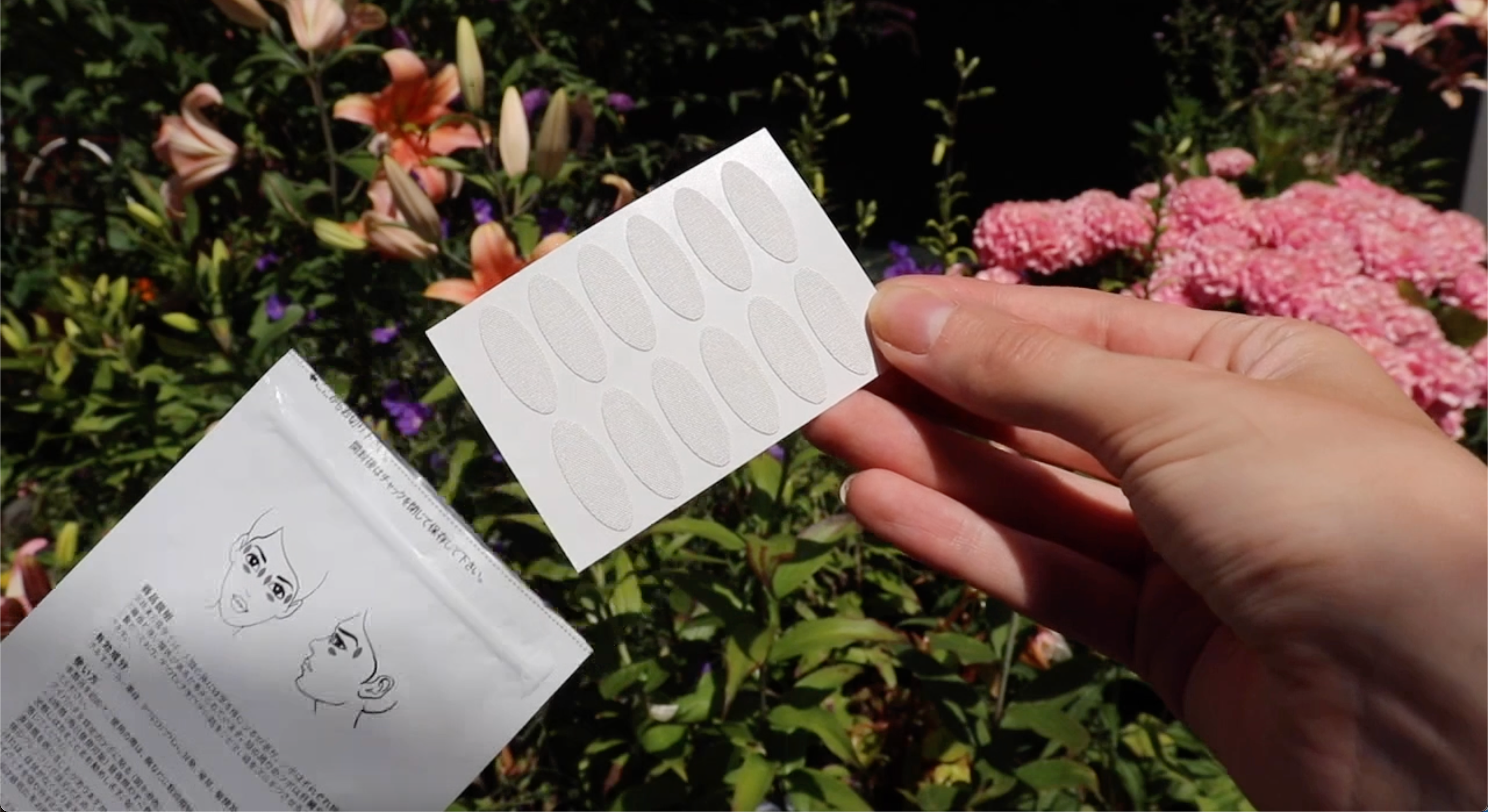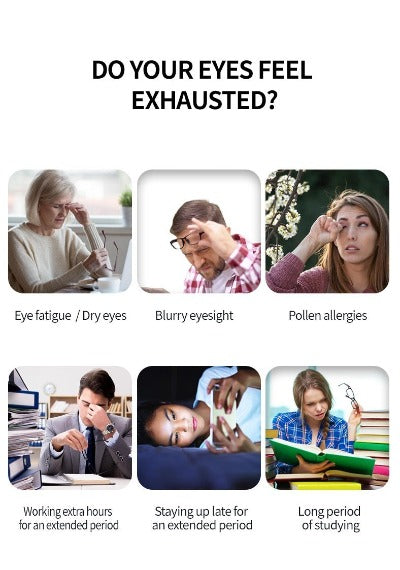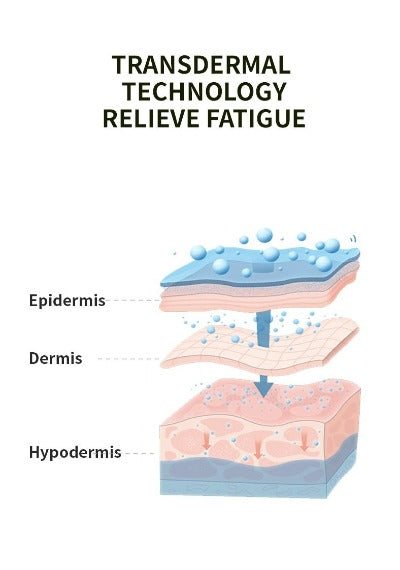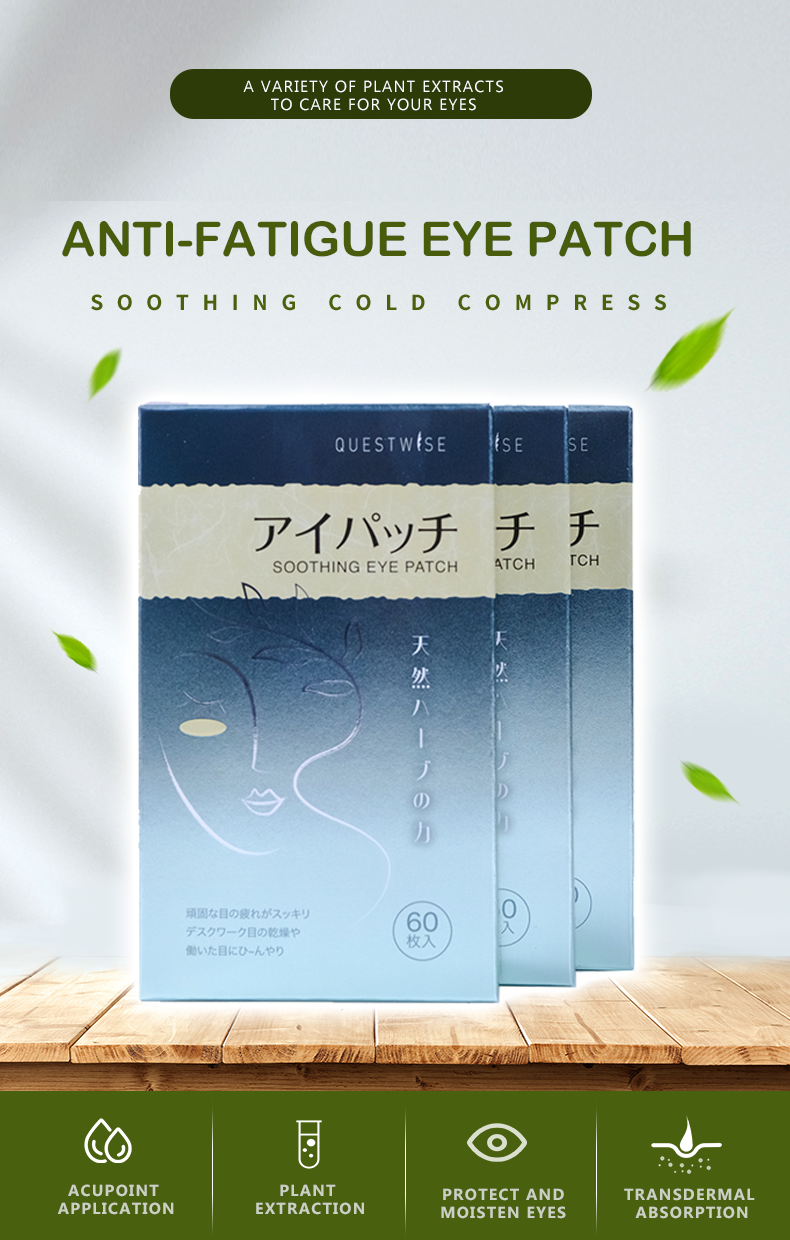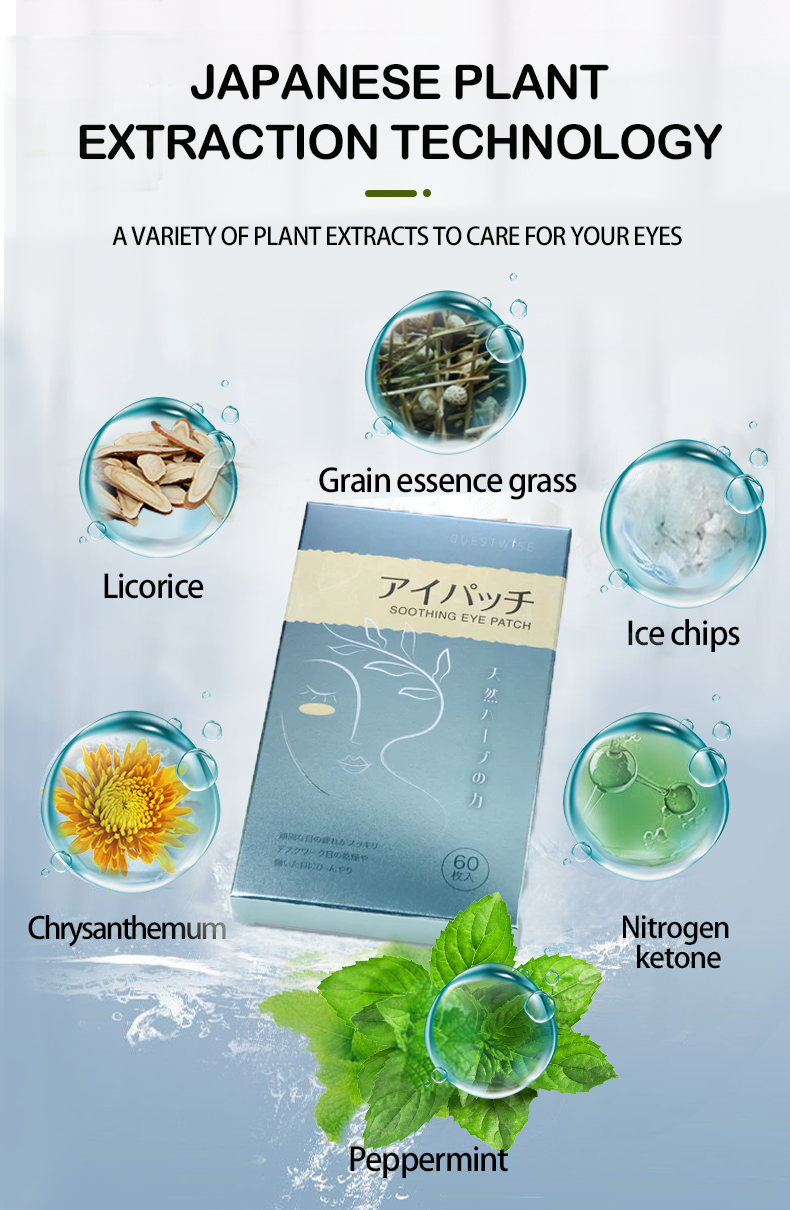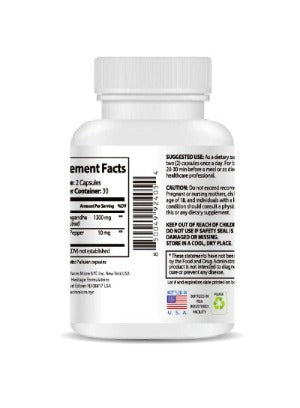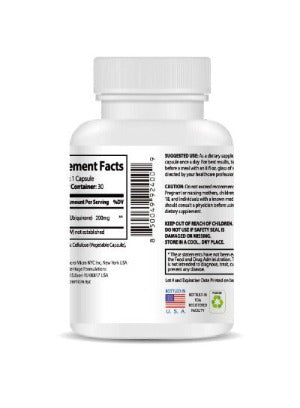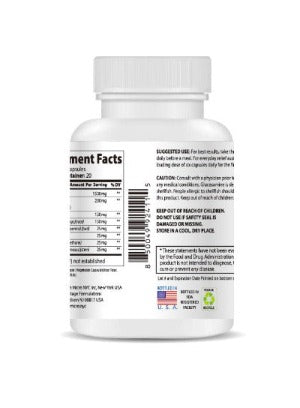Pollen Eye Itch vs. Dry Eyes: A Comprehensive Guide to Soothe Your Irritated Eyes
As the seasons change, so do the challenges for our eyes. Spring's arrival, while beautiful, often brings with it the dreaded pollen season, a time when many experience itchy, watery, and irritated eyes. But is that itchiness due to pollen allergies, dry eyes, or a combination of both? Understanding the difference is the first step towards finding effective relief. This comprehensive guide will delve into the nuances of pollen eye itch versus dry eyes, exploring their symptoms, causes, and most importantly, effective solutions, including the introduction of a game-changing product to help soothe your irritated peepers.
Understanding the Agony of Pollen Eye Itch
Pollen eye itch, also known as allergic conjunctivitis, is an allergic reaction triggered by airborne pollen. When pollen particles come into contact with the eyes of susceptible individuals, the body's immune system kicks into overdrive, releasing histamine and other inflammatory substances. This immune response leads to a cascade of uncomfortable symptoms, the most prominent of which is intense itching. Imagine an unbearable tickle that won't go away – that's the essence of pollen eye itch. Other common symptoms include redness, swelling, watery eyes, and sometimes even a burning sensation. The intensity of symptoms can vary greatly depending on individual sensitivities and the pollen count in the environment. For those with severe allergies, even the slightest exposure to pollen can trigger a significant reaction. This can make daily activities challenging, impacting work productivity, social interactions, and overall quality of life. The constant itching can be incredibly disruptive, interfering with sleep and focus.
The discomfort of pollen allergy symptoms isn't limited to just the eyes. Many individuals experience a runny nose, sneezing, and congestion as well. These symptoms are often interconnected, as pollen affects the mucous membranes throughout the upper respiratory system. Understanding the interconnectedness of these symptoms can help you manage your allergy response holistically. Consider keeping a journal to track your symptoms alongside pollen counts. This can help you identify patterns and better predict your allergy triggers, enabling you to proactively manage your exposure to pollen.
Decoding the Mystery of Dry Eye Syndrome
Unlike the allergic reaction of pollen eye itch, dry eye syndrome is a chronic condition characterized by insufficient tear production or poor tear quality. This leads to a persistent feeling of dryness, irritation, and discomfort. While itching can sometimes be a symptom, it's often less intense and more of a burning, stinging, or gritty sensation. In dry eye syndrome, the eyes lack adequate lubrication, leaving them vulnerable to irritation and damage. This can be further exacerbated by environmental factors such as wind, air conditioning, and even prolonged screen time. Dry eye syndrome can significantly impact daily activities, causing blurred vision, difficulty focusing, and increased light sensitivity. It's a condition that requires ongoing management to alleviate symptoms and protect the ocular surface. The chronic nature of dry eye syndrome means that finding effective management strategies is crucial for long-term eye health and comfort.
Dry eye syndrome can affect individuals of all ages and backgrounds. Certain factors, such as aging, hormonal changes, and certain medications, can increase the risk of developing dry eye syndrome. Understanding your individual risk factors can be helpful in preventing or managing the condition effectively. For example, if you're taking medications known to contribute to dry eyes, discussing alternative options with your doctor may be beneficial. Similarly, if you spend extended hours working on a computer, implementing strategies such as the 20-20-20 rule can significantly help reduce eye strain and dryness.
Key Differences: Unmasking the Culprit Behind Your Eye Irritation
Differentiating between pollen eye itch and dry eyes is essential for selecting the appropriate treatment. While both conditions cause discomfort, their underlying mechanisms and typical symptoms differ considerably. Here's a table summarizing the key distinctions:
| Symptom | Pollen Eye Itch | Dry Eye Syndrome |
|---|---|---|
| Itching | Intense, often the most prominent symptom | Mild or absent, more of a burning or gritty sensation |
| Wateriness | Significant watery discharge | Reduced tear production, leading to dryness |
| Redness | Often present, eyes appear red and inflamed | May be present but less pronounced |
| Burning/Stinging | May be present | Commonly reported |
| Gritty Sensation | Less common | Frequently experienced |
| Seasonality | Seasonal, typically during pollen season | Can occur year-round |
| Other Symptoms | Runny nose, sneezing, congestion | Blurred vision, light sensitivity |
Finding Relief: Nurturing Your Eyes Back to Health
Whether your eye irritation stems from pollen allergies or dry eye syndrome, finding the right approach to soothe and heal your eyes is paramount. While over-the-counter antihistamines and artificial tears can provide temporary relief for mild symptoms, more comprehensive strategies are often necessary for long-term comfort and eye health. For both conditions, consider incorporating soothing eye care into your routine. A revolutionary solution that addresses many of the symptoms associated with both pollen eye itch and dry eye is the Wise Quest Soothing Eye Patches - 3-Month Wellness Pack.

These innovative eye patches harness the power of traditional Chinese herbal medicine, providing a unique blend of natural ingredients designed to alleviate a range of eye-related discomforts. By promoting healthy blood circulation and reducing inflammation, they effectively target the underlying causes of both pollen-induced itchiness and dry eye symptoms. The Wise Quest Soothing Eye Patches - 3-Month Wellness Pack offers a convenient and effective way to incorporate soothing eye care into your daily routine, providing lasting relief and promoting overall eye health. The 3-month supply ensures consistent use for optimal results. Many users report a significant reduction in symptoms within days of starting to use the patches, experiencing noticeable improvements in comfort and vision clarity.
The ease of use of the patches makes them ideal for busy individuals. Simply apply the patches to your closed eyelids for the recommended duration, and let the soothing ingredients work their magic. You can use the patches while relaxing at home, during your commute, or even at your desk during work breaks. The discreet nature of the patches means you can seamlessly incorporate them into your daily routine without disruption.
Beyond the Patches: Additional Tips for Eye Comfort
In addition to using the Wise Quest Soothing Eye Patches, consider these additional tips to enhance your eye health and comfort:
- Stay Hydrated: Drink plenty of water throughout the day to keep your eyes lubricated from the inside out. Dehydration can exacerbate both pollen eye itch and dry eye syndrome, so maintaining adequate hydration is crucial.
- Use Artificial Tears: If you experience dry eyes, lubricating eye drops can help alleviate dryness and irritation. Choose artificial tears that are preservative-free to minimize the risk of further irritation.
- Practice the 20-20-20 Rule: Every 20 minutes, look away from your screen and focus on an object 20 feet away for 20 seconds to reduce eye strain. Prolonged screen time is a common contributor to dry eye syndrome, so taking regular breaks is essential.
- Protect Your Eyes from the Elements: Wear sunglasses to shield your eyes from wind, sun, and other environmental irritants. Wind and sun can both contribute to dry eyes, while pollen can be easily transferred to the eyes.
- Avoid Touching Your Eyes: This helps prevent the spread of infection and irritation. Touching your eyes can introduce bacteria and exacerbate existing irritation.
- Consider Allergy Medication: If pollen allergies are the culprit, antihistamines or other allergy medications can provide significant relief. Consult your doctor to determine the most appropriate medication for your needs.
- Humidify Your Environment: Dry indoor air can worsen dry eye symptoms. Using a humidifier can add moisture to the air, providing relief for dry eyes.
- Warm Compresses: Applying a warm compress to your eyes can help soothe irritation and promote relaxation. This is particularly helpful for dry eye symptoms.
- Eyelid Hygiene: Gently cleaning your eyelids with a warm washcloth can help remove debris and reduce inflammation. This can be helpful in preventing or managing both pollen eye itch and dry eye symptoms.
When to Seek Professional Help
While home remedies and over-the-counter products can be effective for mild symptoms, it's crucial to consult an ophthalmologist or optometrist if your eye irritation is severe, persistent, or accompanied by changes in vision, significant pain, or other concerning symptoms. They can accurately diagnose the underlying cause of your discomfort and recommend the most appropriate treatment plan. Early intervention can often prevent more serious complications. Don't hesitate to seek professional help if your symptoms are not improving or are worsening, especially if you experience any vision changes.
Conclusion: Reclaiming Your Eye Comfort
Understanding the nuances of pollen eye itch and dry eye syndrome empowers you to take proactive steps towards managing and relieving your eye irritation. By recognizing your symptoms, employing appropriate strategies, and using products such as the Wise Quest Soothing Eye Patches - 3-Month Wellness Pack, you can significantly improve your eye comfort and overall well-being. Remember, healthy eyes are essential for a healthy life, so don't hesitate to seek professional help when needed. Enjoy clearer, more comfortable vision, free from the discomfort of itchy and irritated eyes!



